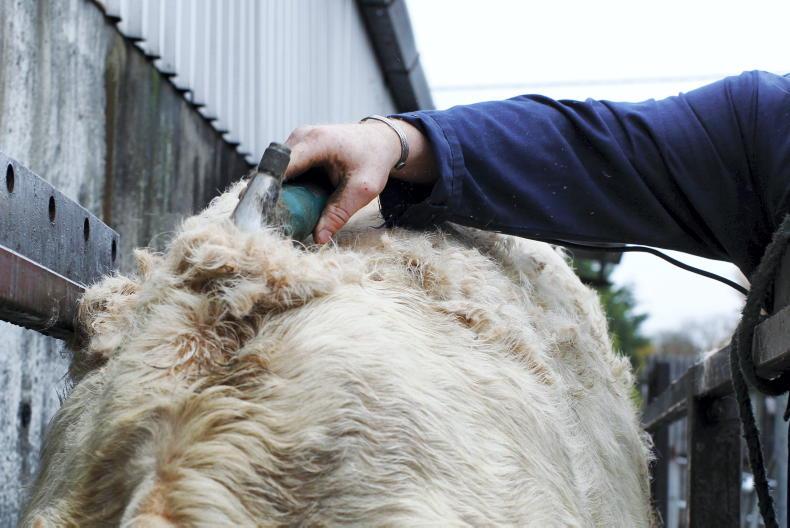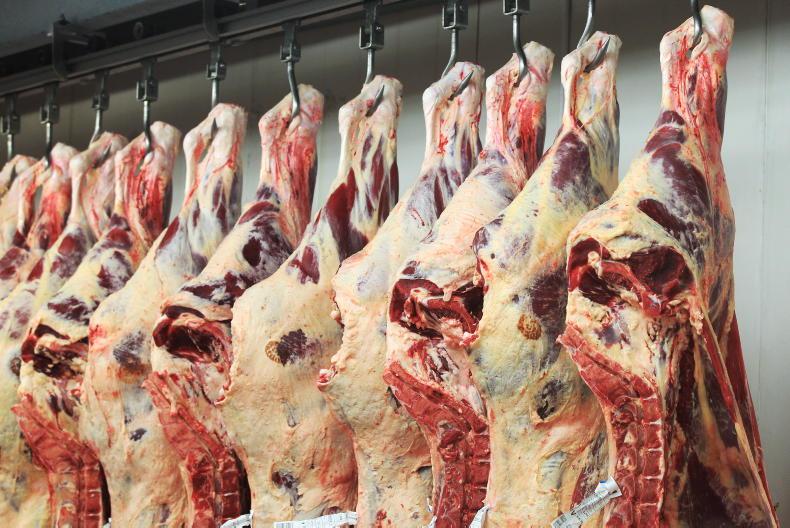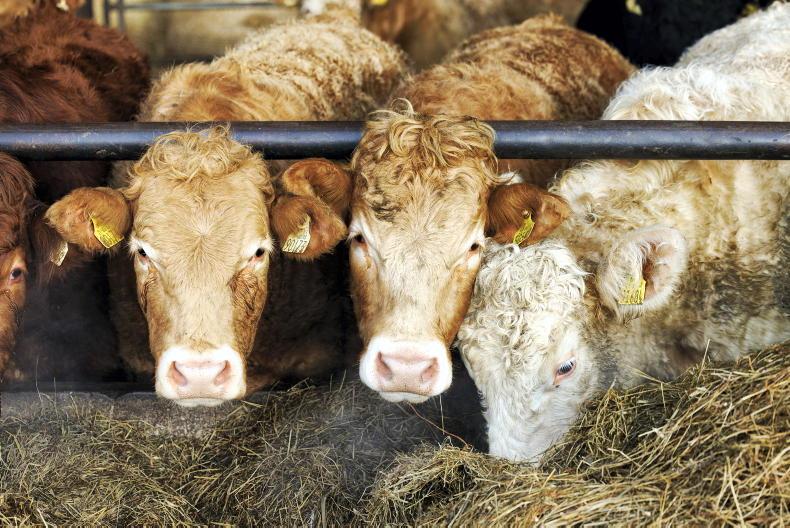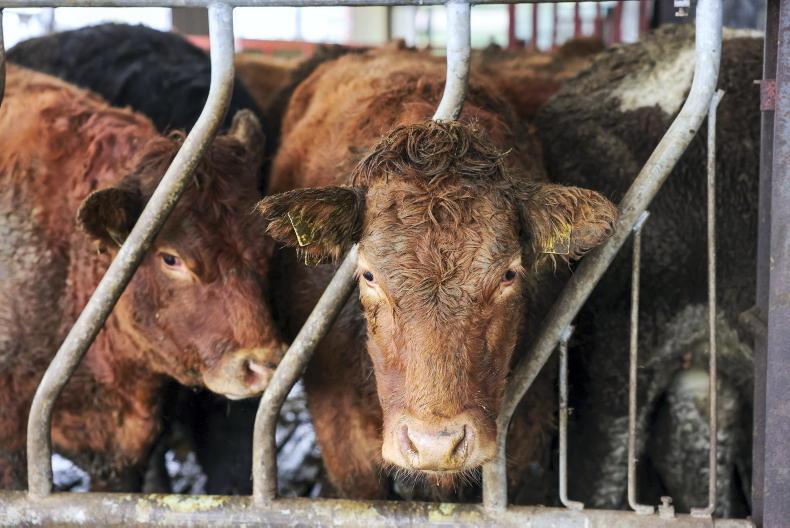Our unfortunate weather means the majority of cattle are now being housed for winter. At housing, it is important to consider ectoparasite treatments, in particular for lice.
Two types of lice are commonly found in cattle, including chewing/biting lice, which feed off the hair and skin, and sucking lice, which feed off the blood.
The most significant challenges linked to lice infestation are reduced growth rates and daily liveweight gain in growing animals, and reduced milk production in dairy cattle. Time spent itching is less time spent feeding!
Clinical signs and diagnosis
Both chewing and sucking lice can cause hair loss and itching.
Cattle will seem irritated and rub on gates or feeding troughs for relief. If skin is then damaged, secondary bacterial infections can be an issue.
The main areas affected include around the neck, shoulders and back. Sucking lice feed on blood, so young calves or stock in poor condition are at risk of developing anaemia. When the hair is parted, lice are visible to the naked eye.
Prevention and treatment
To reduce exposure to lice, a clean and well-ventilated house is a good place to start. A thick coat provides the perfect environment for lice, so it is recommended to clip the hair along the back from the head to the tail.
There are a few treatment options available in both pour-on and injectable forms. Pour-on solutions can prevent and treat both biting and sucking lice, however, it must be noted that the injectable form is more effective for sucking lice.
Lice are spread by direct contact, so all animals in the group/house must be treated at the same time.
*Jessica Warwick is a veterinary surgeon at Lisnafillan farm vets in Ballymena
Read more
NI Vet corner: three Qs to get the most from colostrum
Key points to remember at housing
Our unfortunate weather means the majority of cattle are now being housed for winter. At housing, it is important to consider ectoparasite treatments, in particular for lice.
Two types of lice are commonly found in cattle, including chewing/biting lice, which feed off the hair and skin, and sucking lice, which feed off the blood.
The most significant challenges linked to lice infestation are reduced growth rates and daily liveweight gain in growing animals, and reduced milk production in dairy cattle. Time spent itching is less time spent feeding!
Clinical signs and diagnosis
Both chewing and sucking lice can cause hair loss and itching.
Cattle will seem irritated and rub on gates or feeding troughs for relief. If skin is then damaged, secondary bacterial infections can be an issue.
The main areas affected include around the neck, shoulders and back. Sucking lice feed on blood, so young calves or stock in poor condition are at risk of developing anaemia. When the hair is parted, lice are visible to the naked eye.
Prevention and treatment
To reduce exposure to lice, a clean and well-ventilated house is a good place to start. A thick coat provides the perfect environment for lice, so it is recommended to clip the hair along the back from the head to the tail.
There are a few treatment options available in both pour-on and injectable forms. Pour-on solutions can prevent and treat both biting and sucking lice, however, it must be noted that the injectable form is more effective for sucking lice.
Lice are spread by direct contact, so all animals in the group/house must be treated at the same time.
*Jessica Warwick is a veterinary surgeon at Lisnafillan farm vets in Ballymena
Read more
NI Vet corner: three Qs to get the most from colostrum
Key points to remember at housing










SHARING OPTIONS